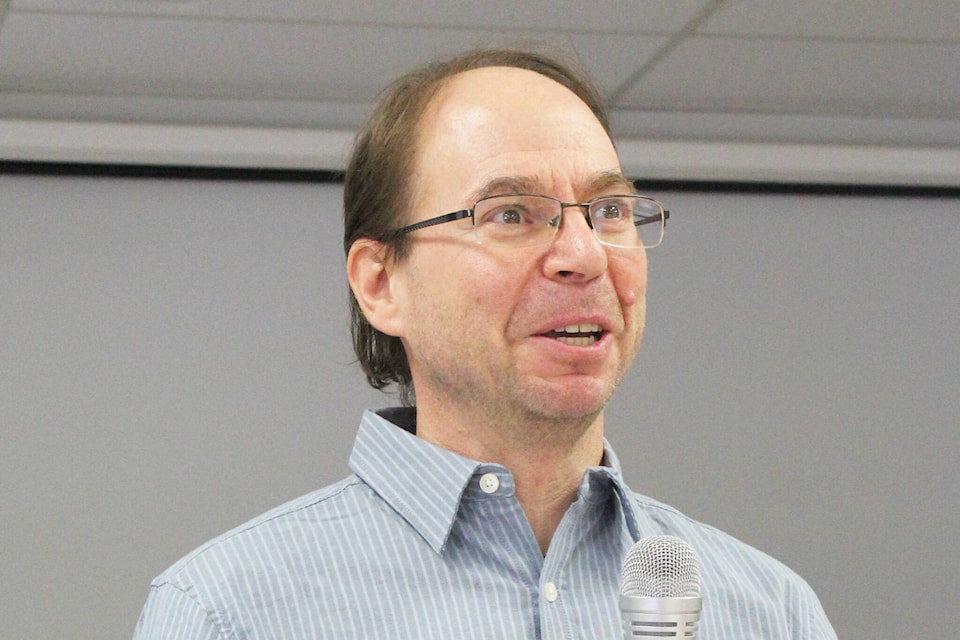There are four community spaces in RDBN Electoral Area A, places where seasons are recognized, love celebrated, lost ones grieved, the past remembered, future discussed, and lessons learned.
Area A Director Stoney Stoltenberg notes that “they are not as high profile as in years past but they are still important gathering places because they bring a sense of community.”
Paul Lychak Hall (Evelyn), built in 1926, has always had a connection to the 4 H community and hosts famous community markets, dinners, and teas.
Glenwood Hall (Driftwood), built in 1951, lives up to its motto, “Build a Community” by being an important venue for live music.
Round Lake Hall, built in 1921, regularly puts on coffeehouses and offers camping.
The Rod and Gun Club, another rural space available for rent, also hosts an annual Easter egg hunt and regular gun safety courses.
These places are filled with the imprint of many hard-working volunteers and have been supported with both public funding and private donations as they continue to be a key part of rural life.
The lack of bookings during the pandemic put most rural and municipal community facilities in a financially precarious situation. The RDBN was able to support rural community halls with ‘COVID relief’ money, funds given to local governments to help with lost revenue.
In many cases, even though rural residents or groups manage water systems, set ski tracks, clear lakes for skating, preserve historical sites, host community safety meetings, or provide other similar services as municipalities they are not always eligible for funding.
The COVID relief money was a rural-appropriate fund, as are Gas Tax or Northern Development Initiative Trust funds for capital expenses by non-profit organizations. However, informal associations commonly evolved and operate in rural areas without Regional District direction or oversight.
They do so simply to provide what the community wants or needs. When any rural service is recognized as important by regional districts, the individual or group often becomes a third party service provider.
In that sense, regardless of whether there is an operating agreement or not, and regardless if they are a formal organization or not, these third party service providers are essential for rural living and warrant support. Community halls illustrate the concept of third party service providers but are not the only example.
It is a concept we will come back to repeatedly in these columns, since it is a key difference between the way municipalities and regional districts provide services, and a key concept that must be better understood by higher levels of government when offloading services or providing support to regional districts.
In the meantime, and especially during the holiday season, take the time to be grateful for all those in the Bulkely Valley providing places, spaces, activities, and support for us to come together and enjoy the rural lifestyle.
